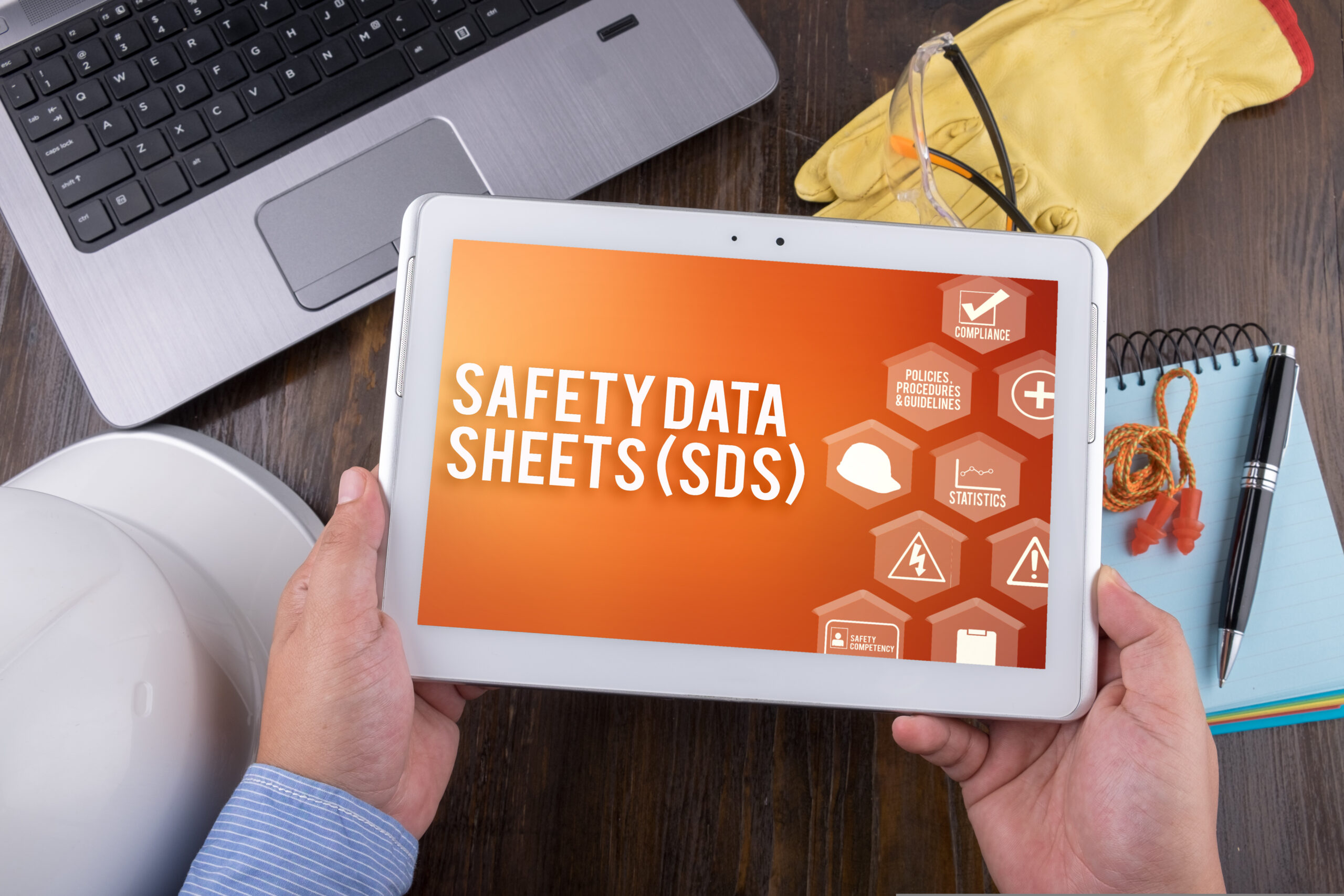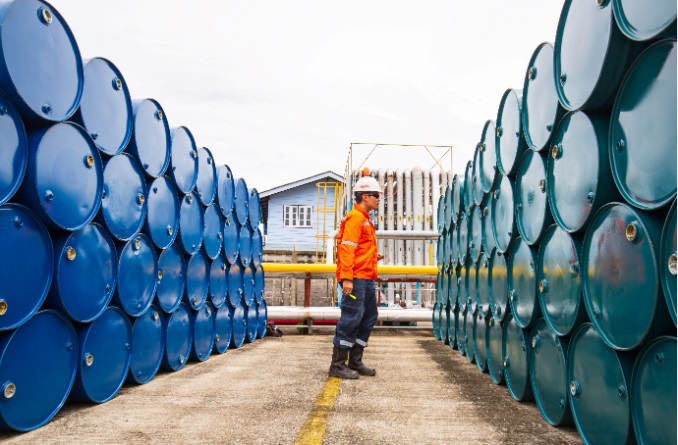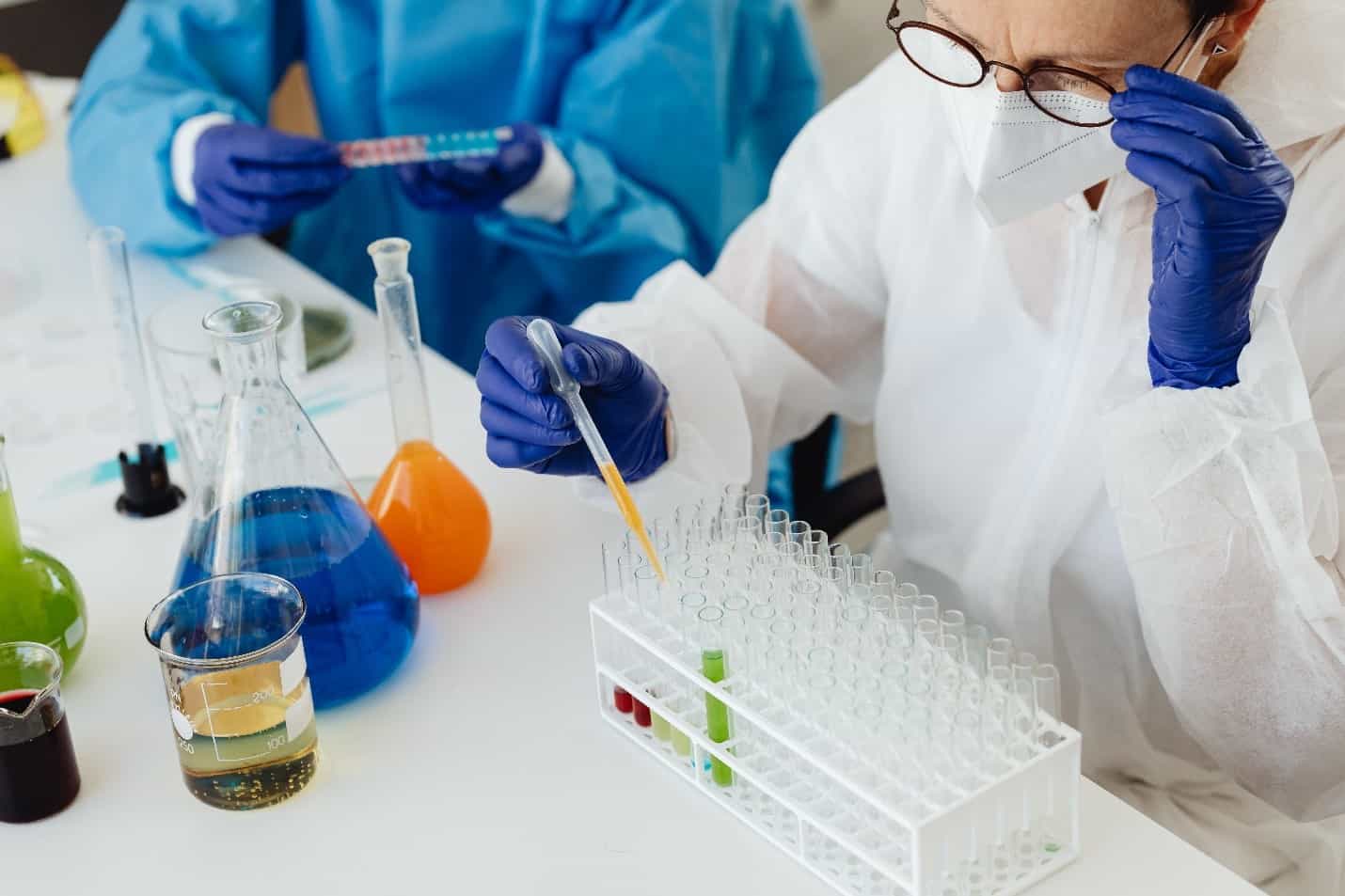If you’ve ever managed a chemical inventory, you know how much of a struggle it can be. Between tracking purchases, entering new chemical details, making sure everything is stored safely, and keeping up with regulations, it can be a lot to manage. While we can all agree these tasks are important, they probably aren’t the best use of your time.
That’s where AI comes in. Instead of spending hours manually inputting data and checking safety regulations, AI can act as your personal chemical management assistant. It helps do the tedious work for you, minimize data entry mistakes, and can even make smart recommendations. It saves your time for important tasks, such as interpreting the data and making informed decisions. Here’s just a few ways an AI Chemical Management Assistant can make your job easier:
1. Quickly Approve Chemical Purchases Without the Extra Research
When a new chemical request comes through, the approver usually must dig through multiple sources—looking up hazards, combing through regulatory lists, and downloading the safety data sheet (SDS) before they can even begin to review the request. AI can pull all of this together in a few seconds, giving decision-makers a clear summary of the chemical, its risks, and whether it meets company policies. Instead of wasting time searching for all this information, they can use their time and brain power to approve (or deny) requests with confidence in a fraction of the time.
2. No More Manual Data Entry—AI Fills in the Blanks
Adding a new chemical to your system can feel like an endless form-filling exercise. You need the CAS number, chemical formula, physical properties, storage requirements, and all sorts of product information. AI can automatically find and fill in this information, saving you from hours of typing and reducing the chance of human error. Instead of researching every single detail, you just review and approve the AI’s work.
3. Easily Import a New Inventory Without a Spreadsheet Nightmare
New chemicals come in all the time—it could be from a new lab, a department move, or a company expansion. Normally, someone must organize and clean up all the incoming data before it can be added to the system. AI can speed up the process by standardizing chemical names, transforming data into the right format, and flagging anything that seems incomplete or requires attention. That leaves you extra time to focus on important health and safety matters.
4. Catch Dangerous Storage Issues Before They Happen
Some chemicals just don’t mix well. Storing incompatible chemicals together can lead to fires, toxic gases, or other dangerous situations. AI helps by scanning your inventory and flagging risky storage combinations before they become a problem. All this work is done in the background, without your direct intervention. You’ll get proactive alerts to alert you before a potentially dangerous storage condition becomes a problem.
5. Find Safer, More Sustainable Alternatives
Is one of your goals to make your workplace greener and safer? AI can help with that too. If you’re using a hazardous chemical, AI can suggest less toxic, more environmentally friendly alternatives that may still be just as effective in your chemical applications. Known as Green Chemistry, this approach reduces risks to workers and the environment without sacrificing results. Finding better alternatives could take hours of research, but now AI can do it in seconds.
AI is Changing the Way We Manage Chemicals
Instead of being bogged down in minutiae, researching every chemical manually, and stressing over compliance, AI lets you redirect your energy toward your productivity goals. It’s like having an assistant who never gets tired and always has the right information when you need it.
So why not let AI handle the heavy lifting? Your job just got a whole lot easier.
AUTHOR BIO:-

Greg brings nearly 10 years of experience as an environmental health and safety professional to the SafetyStratus team. At the Princeton Plasma Physics Laboratory, Greg supported construction, industrial and research projects by employing innovative methods for sharing knowledge and information with staff from all corners of the site. Later, at Columbia University, Greg continued to focus on ways to infuse environmental health and safety programs with modern technologies, while overseeing research safety personnel and activities. With SafetyStratus, Greg is focused on making technology applications work seamlessly in support of the environmental health and safety needs of any user, in any industry.
Greg is originally from Holmdel, New Jersey, and has called the New York City area home for many years. Greg holds a Bachelor of Science in Safety Science from Embry-Riddle Aeronautical University, a Master of Public Health in Environmental and Occupational Health from Hunter College. and is a Certified Safety Professional. Away from work, Greg enjoys keeping up with the weather and is always tracking the next big storm. He also holds a commercial pilot license, which he only puts to use during calm, boring, and above all else, safe weather.



